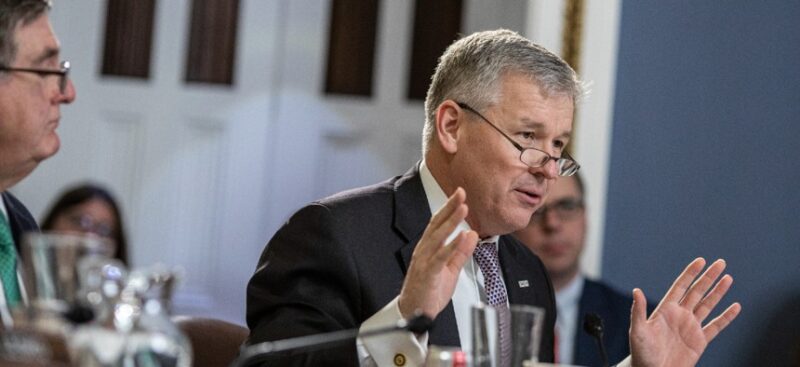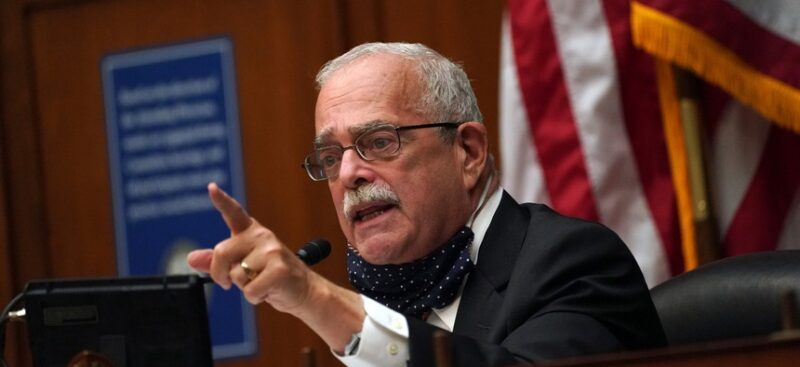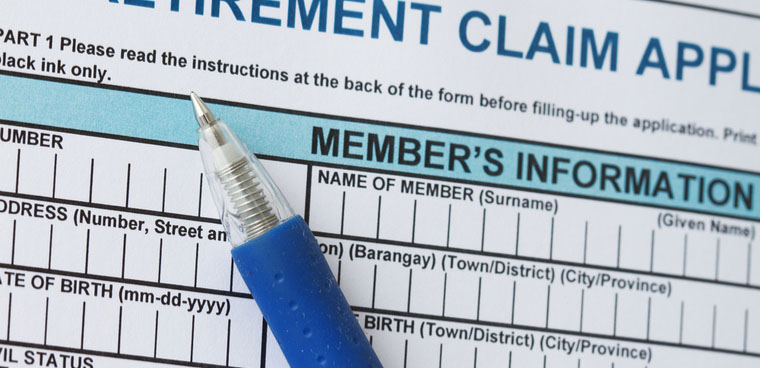The ins and outs of deferred or postponed retirement.
In her swearing-in ceremony, newly confirmed OPM Director Kiran Ahuja, had this to say about the major issues federal employees are facing: “From shaping how and where we work in the future to ensuring everyone is safe while working during this pandemic, and discussions regarding how we rebuild our federal workforce, there’s no shortage of conversations to be had and issues to tackle.”
Based on the increased number of emails I’ve been receiving requesting information about deferred or postponed retirement benefits, it appears that some employees may not be returning to their offices to help with this reshaping. Some are contemplating early retirement or transitioning outside of federal service to finish their careers.
Here’s one typical scenario:
I would like to get some information concerning deferred retirement. I have 20 years of federal service under FERS but I am only 49 years old. I am thinking of retiring now and defer my retirement pay until 57. Will there be a reduction in pay because I am retiring at 49 instead of waiting until 57? What forms do I need to complete to retire now?
Here’s another:
I’m writing because I am starting to talk with private sector employers and there’s a good chance I may pursue early retirement when I reach my minimum retirement age (56 years and 2 months). I currently have around 25 years of federal service. I would pursue the deferred/postponed retirement benefit and reinstate health insurance when I apply at age 60. I plan to use the insurance from whatever firm I join until 60 years old. My question is what do I want to do to make sure this happens before I leave the federal government, including what forms do I want to make sure I get copies of and retain?
If you are under the Federal Employees Retirement System and considering a move outside of federal service before being eligible to retire with immediate retirement benefits or postponing your retirement, here are some things to know:
- In order to qualify for a deferred retirement, you will need to complete a minimum of five years of creditable civilian service. Your benefit will begin the first day of the month after you reach age 62.
- If you complete at least 10 years of creditable service, including five years of civilian service, then you are eligible for a deferred annuity beginning the first day of the month after you reach your minimum retirement age.
- Your deferred annuity is based on the length of service and high-three average salary in effect when you separate from federal service. You will be entitled to a benefit computed at 1% of your high-three average salary for each year of service.
- You will begin to receive cost of living adjustments on your deferred retirement benefits once you are over 62.
- Former employees who receive a deferred or postponed annuity are not eligible for a retiree annuity supplement.
- If you have already reached your MRA and you have at least 10 years of service, you can separate but postpone receiving your retirement benefit to avoid an age reduction.
- Most of your insurance benefits such as health, dental and vision, and life insurance will end when you separate without applying for immediate retirement benefits.
There will be no forms to file until you are ready to apply for your deferred annuity. Your separation will be treated as a resignation, but form SF 50, Notification of Personnel Action, will note that you are entitled to a deferred or postponed retirement in the remarks section of the form.
Form RI 92-19 is used to apply for a deferred or postponed FERS retirement benefit. There are instructions for this form available in companion pamphlet RI 92-19a. You should file the application directly with the Office of Personnel Management 60 days before you want your monthly annuity benefit to begin.
It’s a good idea to request a retirement estimate for a deferred or postponed retirement from your agency’s human resources office before leaving federal service. This will give you an idea of the value of this benefit at the time you are entitled to receive it.
If you are married when your annuity begins, it will be computed with a reduction to provide a maximum survivor annuity (50 percent of your unreduced annuity) for your spouse upon your death. You can choose to provide a partial survivor annuity (25 percent of your unreduced annuity) or no survivor annuity; however, you must get your spouse’s consent.
If you separate from federal service, but die before receiving your deferred or postponed retirement, there would be a survivor annuity payable to your spouse if they were married to you at the time of your separation and you had 10 or more years of creditable service (and did not apply for a refund of your retirement contributions). Your surviving spouse may elect to receive a lump-sum payment of your retirement contributions in lieu of a survivor annuity.
You should keep personal copies of certain documents filed in your electronic Official Personnel Folder, because you will lose immediate access to this folder after your separation. These include:
- FERS Designation of Beneficiary Form (SF 3102)
- SF-50 forms showing appointments into federal service, prior separations from federal service, changes in your work schedule, changes in your retirement coverage, and pay changes over the last (or highest) three years of service, because they will be used to compute your high-three average salary for your future retirement benefit.
- FEGLI forms if you are retiring with an immediate retirement, including SF 2817 (Life Insurance Election) and SF 2823 (Designation of Beneficiary).
- SF 2809 FEHBP election forms.
If you are considering employment related to your government work or possibly returning to federal service later on, you may want to maintain information regarding training, duty stations, security clearances, pay, and positions that were held during your career.
The pandemic has upended our lives and made us think about our priorities. There is a big difference between retiring with an immediate, unreduced, retirement based on a full career of federal service versus a reduced or postponed deferred retirement. So be sure to think it through before you make the leap out of government.
We can also run a free benefits analysis for you as well, just visit out simple contact us page to request yours today.










